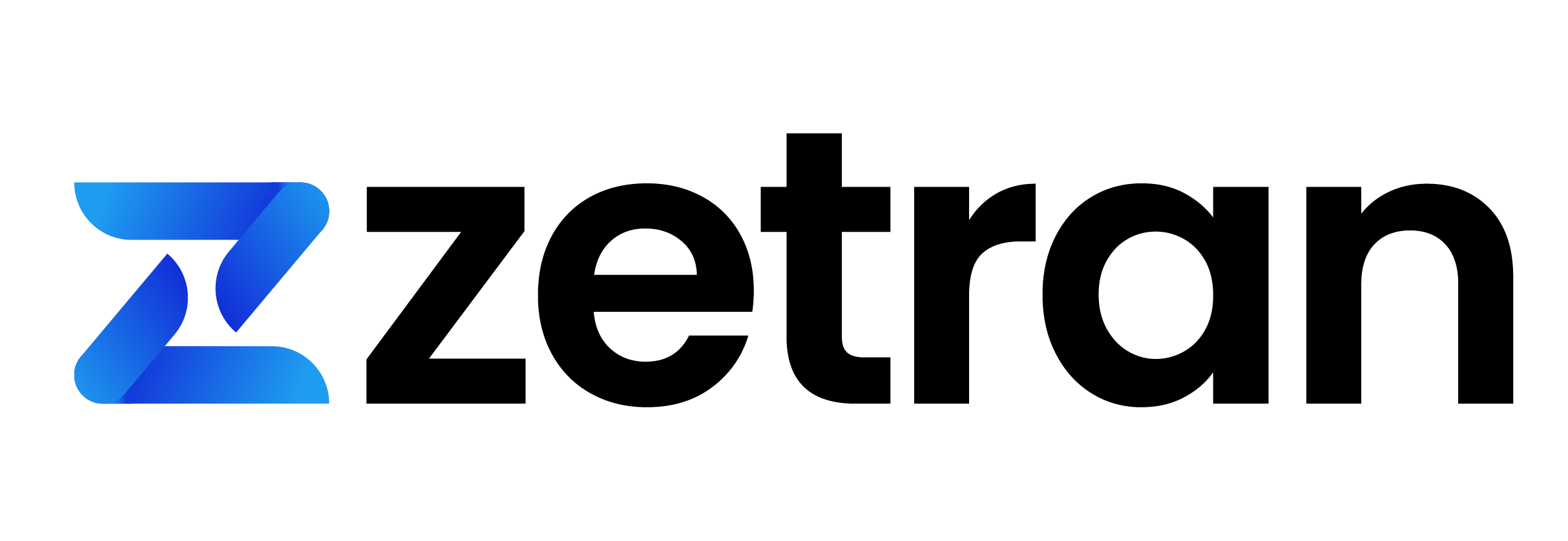As a small business owner, there will be a need to invest in the purchase of equipment, machinery, operational vehicle, and other forms of assets in the course of doing business. Of course, it will appear on your balance sheet as an asset, but there’s more to it than just a single line of accounting. Let’s get something straight first, while you record a disposable printer paper and ink as an expense, a printer or photocopier will be marked as an asset. An asset is meant to have a longer life than expenses.
Every business regardless of size is faced with depreciation and a decline in the value of assets. Through cloud accounting software, the amount of depreciation can be calculated easily. Depreciation has an impact on your overall business performance and profitability.
Different forms of depreciation that can affect your fixed assets
In explaining depreciation, it is pertinent to understand the different forms of depreciation that can affect your fixed assets;
-
Physical Depreciation:
Simply known as wear and tear. You cannot expect a 2009 Ford Focus used for delivery to function at the same pace in 2018.
-
Technological Depreciation
A better, faster, and cheaper means of performing the same task becomes available. This happened to typewriters with the proliferation of computers.
-
Functional Depreciation
The usefulness of an asset may become obsolete. A company might not see the need for using the equipment.
-
Monetary Depreciation
This often occurs in an inflation-prone economy. There may be a need to push up the depreciation value due to inflation. For instance when an asset experience over 50% inflation in value.
In reality, depreciation has a decreasing effect on the stockholder’s equity, net income, and total asset value. To determine the depreciation cost of an asset, three factors are considered;
- The cost of acquisition
- Salvage value
- Predicted useful life
As expressed earlier, depreciation has an impact on the overall business performance and profitability. It is essential to assess the effect of depreciation on the income statement, cash flow, and balance sheet. Depreciation is technically an expense and therefore will adversely affect profits. In arriving at the final profit on an income statement, every one of the expenses would have been deducted. The larger the depreciation expenses, the lower the net profit of a business.
On the cash flow report, the effect of depreciation is not as evident as in the income statement, what affects cash flow is the purchasing of an asset. Subsequently, depreciation will not affect cash flow as it is a non-cash expense. Simply put, there’s no cash outflow due to depreciation. For the balance sheet, depreciation appears under assets on the balance sheet. It is an intended substitute for the reduction in asset value as it loses value over time.
Being a complicated process, small businesses would have needed the service of an accountant. However, calculating depreciation and accounting for it can be done using accounting software for small businesses. The cloud accounting software will know the most appropriate depreciation method to adopt in calculating depreciation on every of your business assets.




